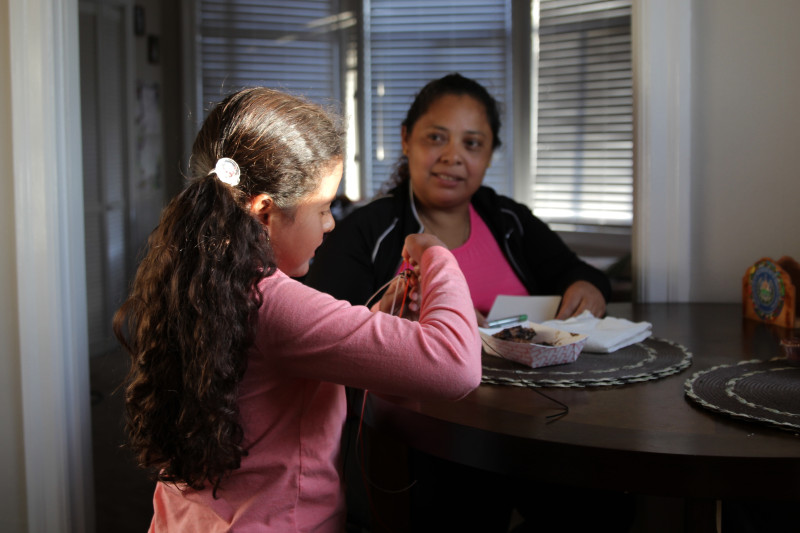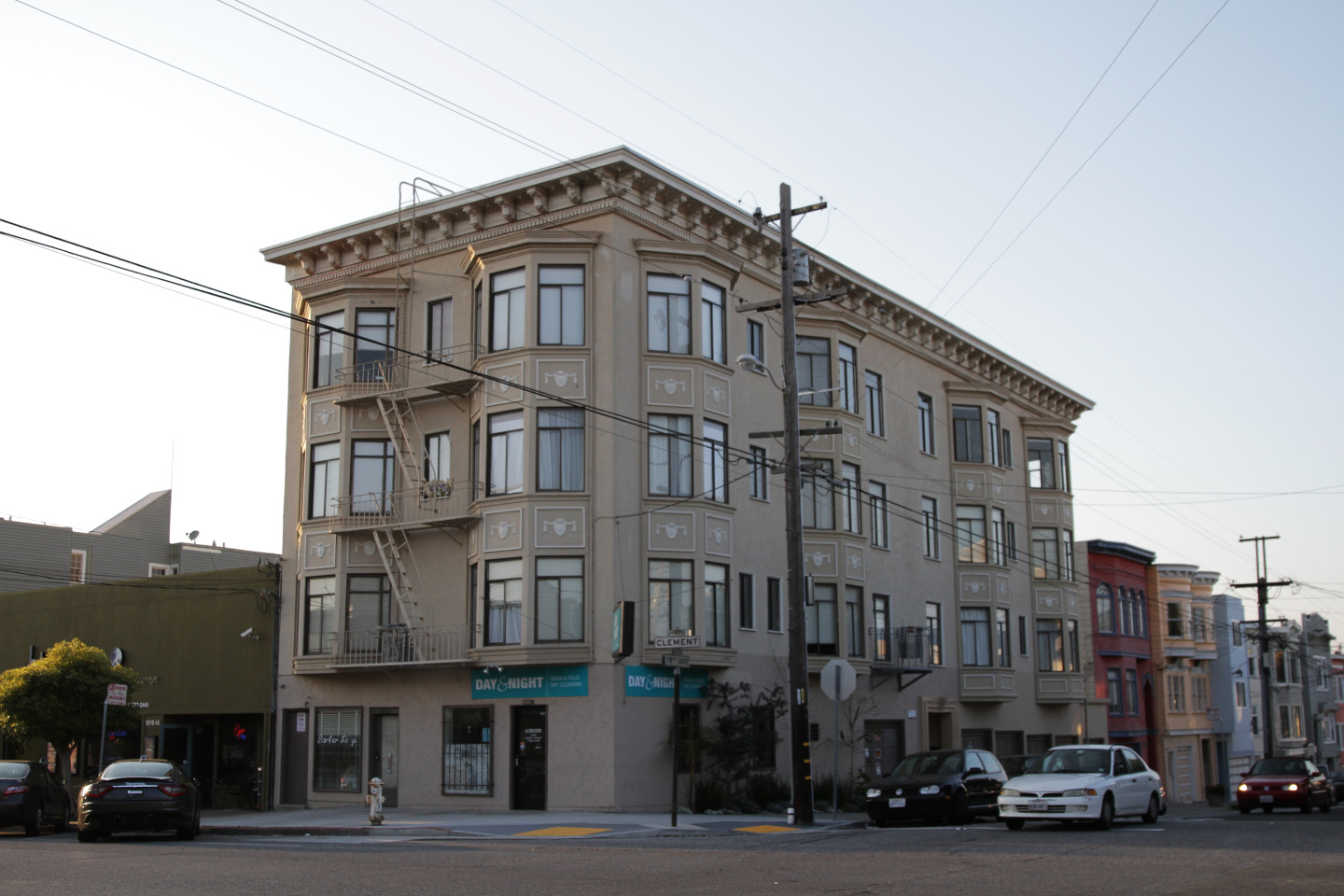Roxana Alfaro used to get up at 5 a.m. to take four Muni buses from a studio apartment in the Bayview to drop her daughter at school and get to her job at the Internet Archive in the Richmond district. It added up to a four-hour round-trip daily commute.
"I always had a lot of stress because I was running around to get my daughter to school in time," says Alfaro, who is a janitor at the nonprofit preservation group, and who says she saw a lot of drug dealing that she thought was dangerous in the neighborhood where she was living.
Now, thanks to a new program that is the brainchild of the Internet Archive's founder, Brewster Kahle, Alfaro lives in a cozy studio just six blocks from the Internet Archive and three blocks from her daughter Eileen's school.
"It’s a very safe neighborhood and I can walk around at 8 or 9 o'clock and I don't feel worried," she says. "Before, in the Bayview district, I would just go straight to my studio and don't go out for no reason."
Kahle says his employees, like many who work at small nonprofits in the city, are feeling the pinch of pricy housing costs in San Francisco. Some are commuting up to an hour to get to work.


